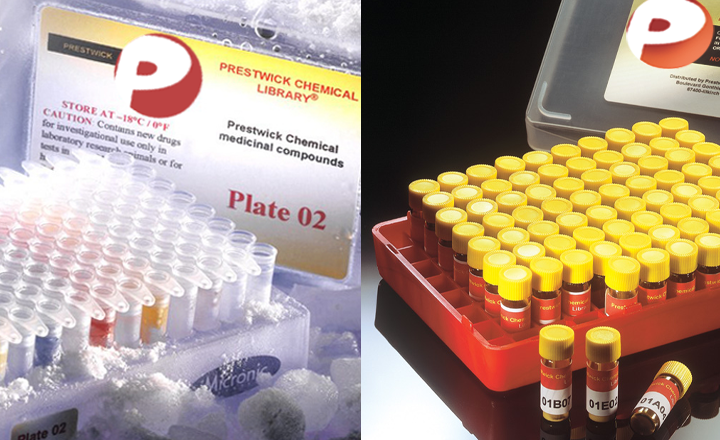Parallel RNAi and compound screens identify the PDK1 pathway as a target for tamoxifen sensitization.
Iorns E, Lord CJ, Ashworth A
The Biochemical journal - vol. 417 361-370 (2009)
The Biochemical journal
Tamoxifen is the most commonly used drug to treat breast cancer and acts by blocking ERalpha (oestrogen receptor alpha) signalling. Although highly effective, its usefulness is limited by the development of resistance. Given this, strategies that limit resistance by sensitizing cells to tamoxifen may be of use in the clinic. To gain insight into how this might be achieved, we used chemical and genetic screens to identify targets and small-molecule inhibitors that cause tamoxifen sensitization. A high-throughput genetic screen, using an RNA interference library targeting 779 kinases and related proteins, identified the PDK1 (phosphoinositide-dependent kinase 1) signalling pathway as a strong determinant of sensitivity to multiple ERalpha antagonists, including tamoxifen. A chemical screen using existing drugs and known kinase inhibitors also identified inhibitors of the PDK1 pathway, including triciribine and tetrandrine. Aside from identifying novel agents and targets for tamoxifen sensitization, this approach also provides evidence that performing chemical and genetic screens in parallel may be useful.


